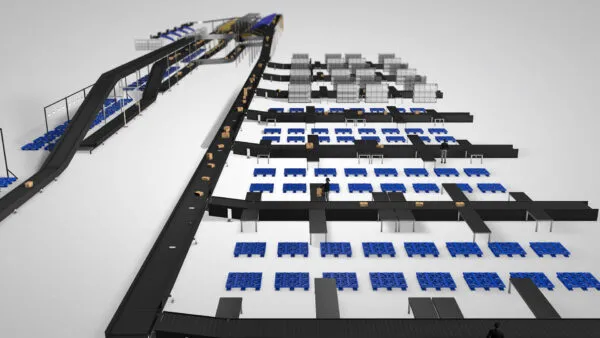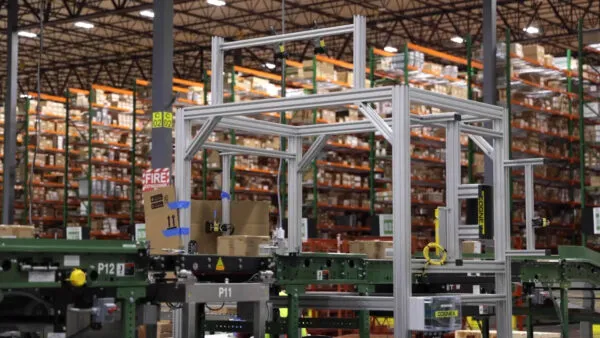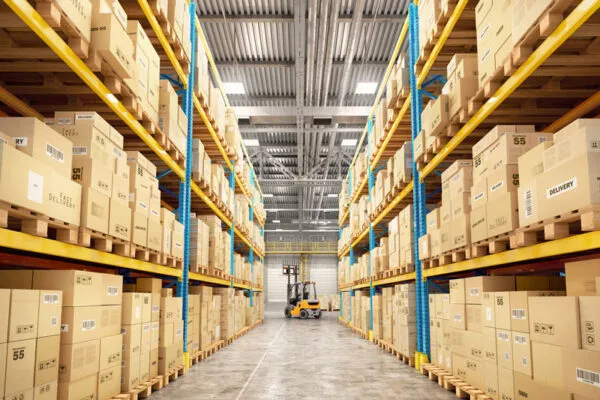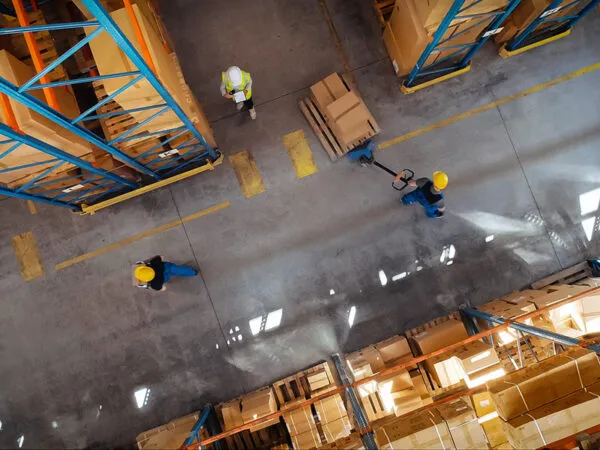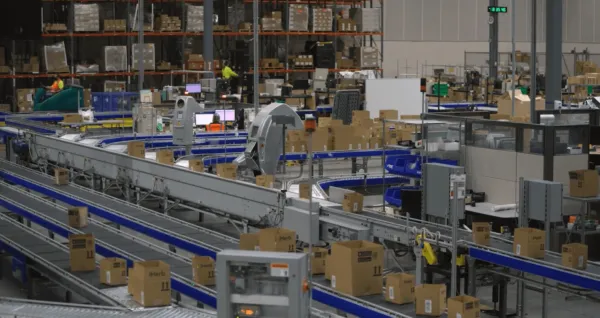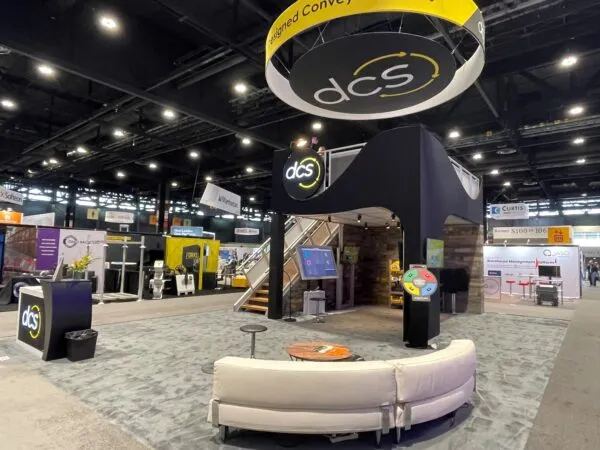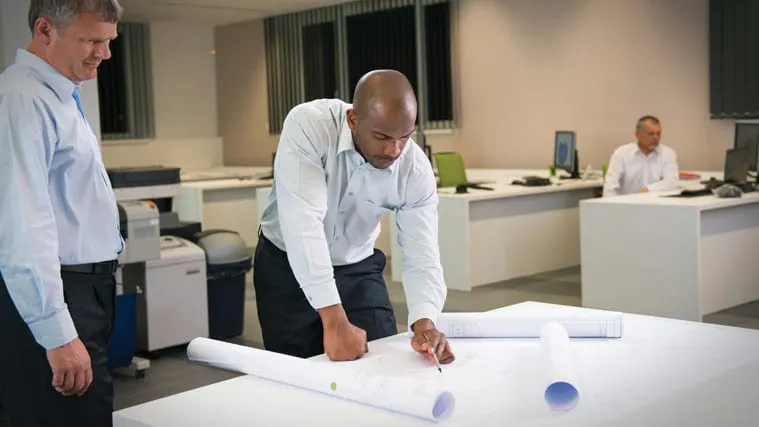Improving Warehouse Automation
Every warehouse manager has two main things on their mind at all times – safety in warehouse operations, and efficiency in material handling solutions. You want to be able to get your work done and process all the items you need but you don’t want to sacrifice safe working conditions for your employees. Beyond that, moving too quickly can often lead to human error and damage the materials you are handling.
This has been a delicate balancing act for years. But there were always certain limitations imposed by the intrinsic nature of humans moving items. You can only move at a certain speed. Your faculties wear down over time. And strictly from a P&L point of view, workers require a lot of overhead with wages, benefits, vacations, and lunch breaks.
However, there are new tools available for warehouse operations that solves a lot of these problems. How can you keep costs down and efficiency high without sacrificing the safety of your workers? Warehouse Automation!
New technology is making giant leaps in the logistics industry. Here are the ways warehouse automation can keep your warehouse operations running smoothly and efficiently.
Two Types of Warehouse Automation
There are various ways automation can help your warehouse operations run more efficiently. They normally perform highly repetitive tasks that would simply take a human a long time to complete. These different processes can be split into two groups – Warehouse Process Automation and Physical Automation.
Contact DCS today to talk through your warehousing needs.
Warehouse Process Automation
Warehouse Process Automation (aka: system automation) is a type of automation assisted by working with your data. If these two sections of automation can be likened to a person, process automation would be the head and physical automation would be the body.
This means process automation can be used to help compile data and figures for tasks such as inventory. Through the use of barcodes and scanners, it tracks your items and files the data into your organizational system (such as an ERP system).
Physical Automation
Physical Automation is what most people would picture when thinking about warehouse automation. It refers to the robotic machines that move, sort, and gather items within a warehouse. This type of automation is generally only used in very large operations because of the large upfront cost of implementation. These machines include examples such as driverless automated guided vehicles (AGVs) and autonomous mobile robots (AMRs).
However, these large operations can produce a significant increase in productivity and will see a return on their investment before long.
Advantages of Warehouse Automation Solutions
The main advantage of warehouse automation is efficiency. It helps you streamline your human resources by putting them to work on more important tasks. Menial and repetitive tasks fail to make use of the full potential of your employees.
The reduction in errors saves money in two ways. First, the necessity of replacing damaged or lost items is reduced. Less mistakes means less cleanup. Second, avoiding mistakes means happier customers. Trust between customers and your warehouse increases the likelihood of repeat business.
The accuracy of your inventory, order tracking and fulfillment, and other digitized information helps you analyze your operations much more cleanly. Accurate information gives you the tools you need to learn what is working, what isn’t, and how you can maximize efficiency moving forward.
When To Use Warehouse Automation Systems
This technology might not be entirely essential if your facility is very small and your processes are not incredibly intricate. But ideally your business will grow. And the workload will continue to expand along with your company. At some point, you will need to make the switch to automation. But how do you know when it’s time to do that?
Pay attention to how your systems are working. Has human error cost you time and money? Are these mistakes due to a lack of organization or a lack of time in which to perform the tasks? This could include lost items, incorrectly fulfilled orders, difficulty maintaining accurate inventory counts, and increasing complaints from customers.
These are all signs that the processes are becoming overwhelming. Warehouse automation systems are perfect for addressing these issues.
How to Introduce Warehouse Automation Systems
You don’t want to go from a fully manual warehouse to a completely automated warehouse in one day. This technology should be introduced slowly and deliberately to ensure everything is working exactly how it should.
Start with process automation. This aligns all of your processes and gives you the ability to keep track of the way everything is working.
You will also need your As-Builts (or redline drawings) that detail the as-constructed system in your facility. This documentation can include layout (or plan view) drawings, elevation drawings, building & equipment details, electrical schematics, power diagrams, controls programs, Operations & Maintenance Manuals (O&Ms) and more. While it’s easy and even exciting to review this documentation during the design phase of a project, as-builts are often treated as an afterthought or forgotten altogether.
After you have the data, warehouse layout, and a firm grasp on your inventory, you can introduce a warehouse management system (WMS). This is a platform that essentially streamlines your internal logistics processes. This automates a lot of internal tasks and is quite helpful in streamlining operations.
And once all of your process automation needs are covered, you can address if physical automation makes sense for the size of your operation.
Visit DCS to learn more about our warehouse automation solutions.
